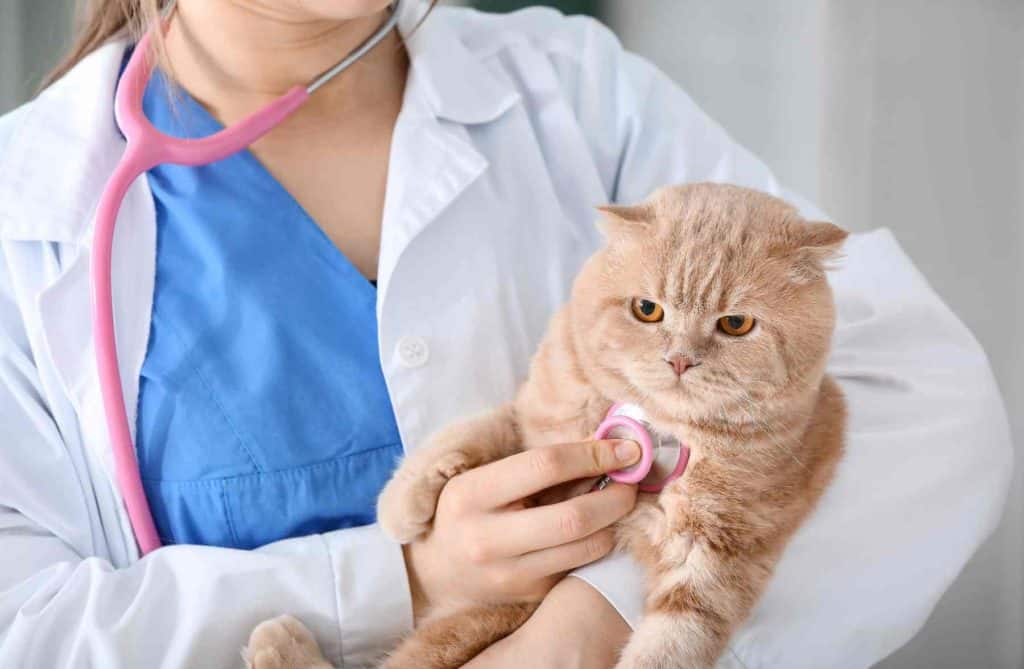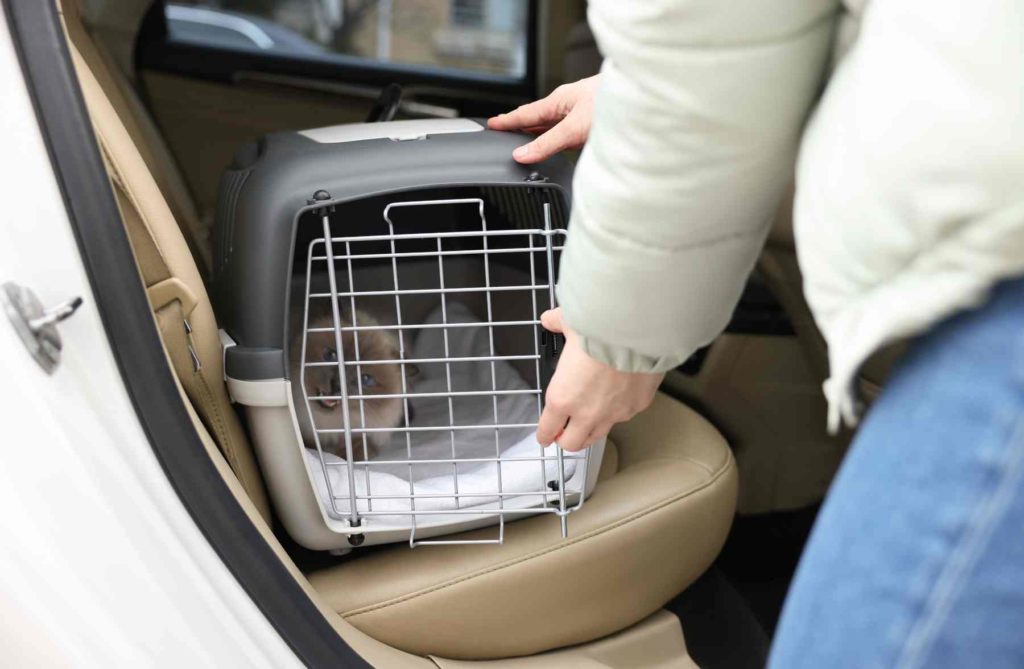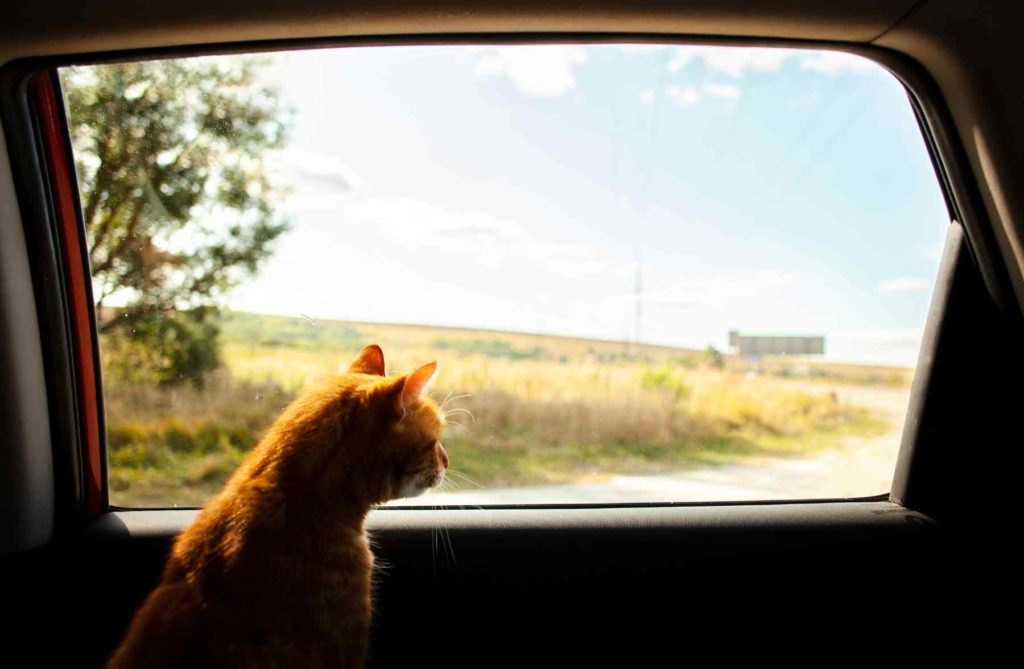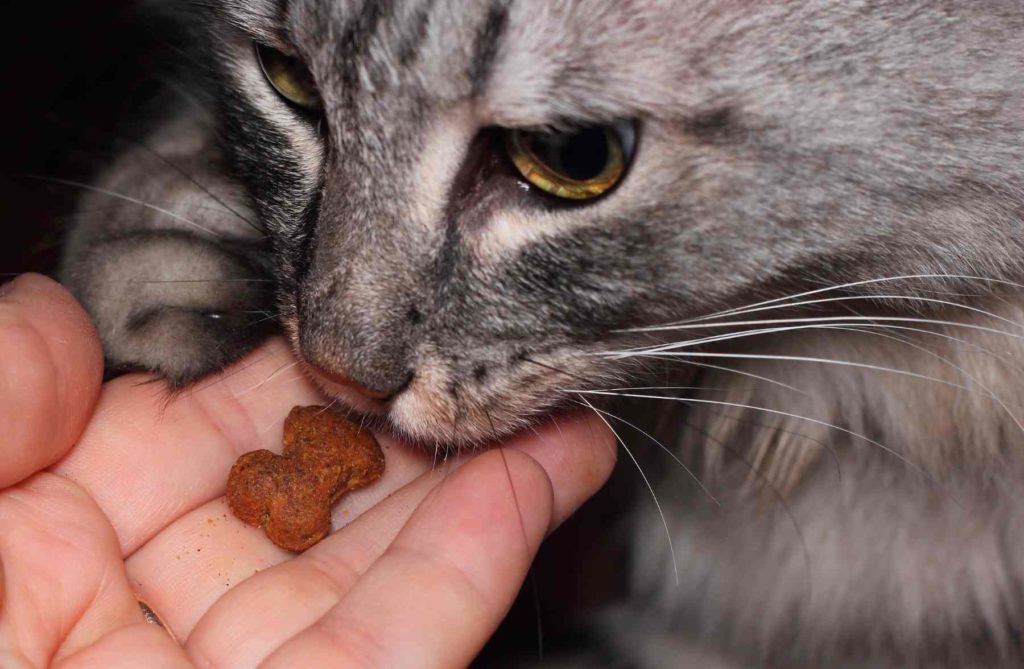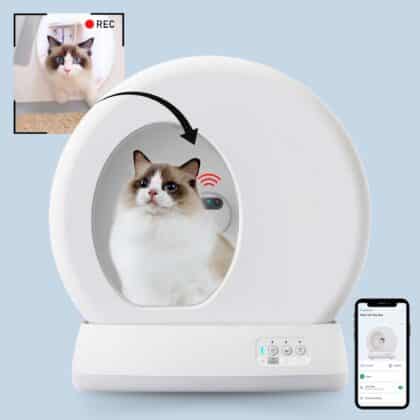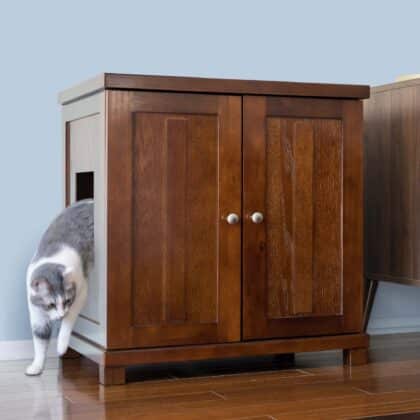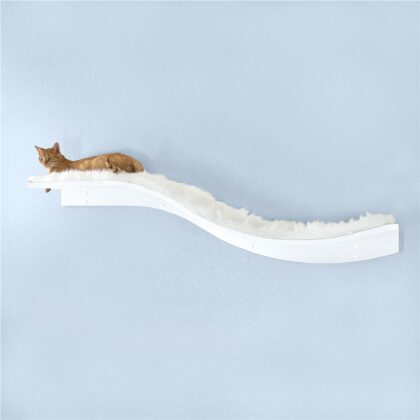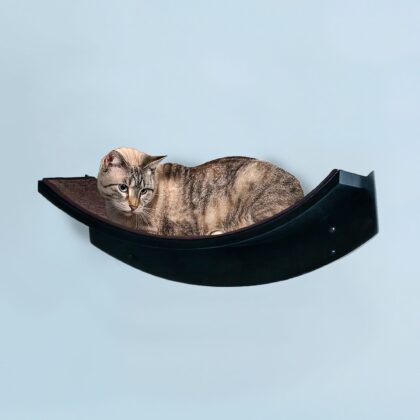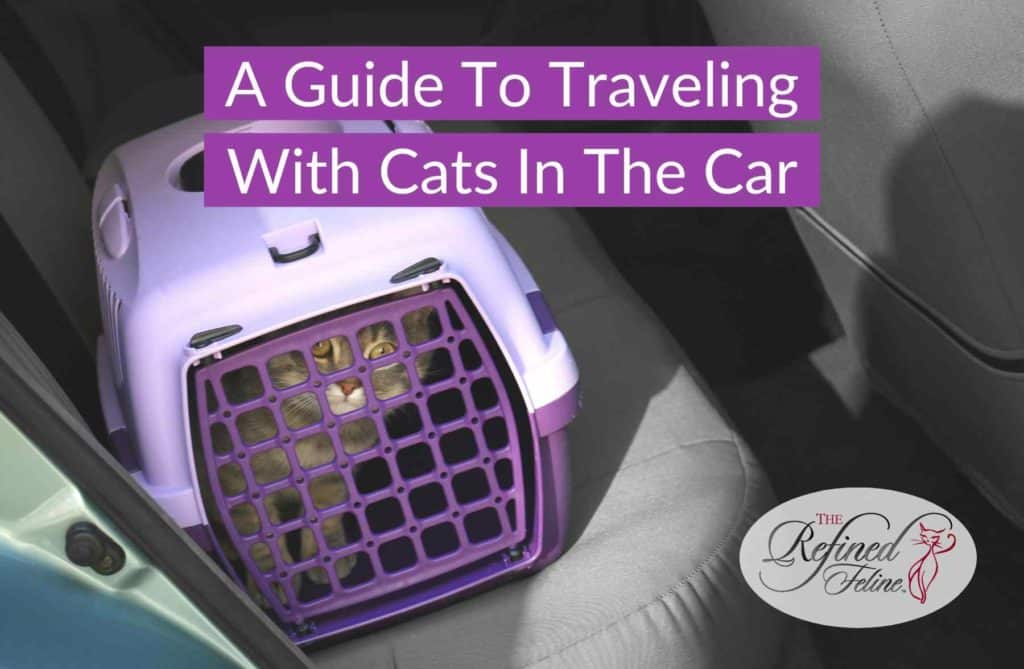
A Guide To Traveling With Cats In The Car
Traveling with your beloved feline companion can be an adventure filled with excitement and bonding opportunities. However, cats are known for their preference for routines and familiar environments which can make car travel stressful for them. However, with planning and consideration, the journey can be enjoyable for both you and your feline friend. In this blog post, The Refined Feline provides a guide for traveling with cats.
Preparing for Traveling With Cats
Visit the Veterinarian
The first thing you should do is schedule a vet visit to ensure that your cat is in good health and up to date on vaccinations. Take this opportunity to discuss any concerns or questions you may have about traveling with your cat.
Make Sure Your Cat Can Be Identified
Ensure that your cat is wearing a collar with an ID tag that contains your contact information. This can ensure that you can locate your cat in case you get separated. Additionally, microchipping your cat is another great option that is usually done while the cat is very young.
Gradual Familiarization
It is very helpful to have your cat become accustomed to car travel by gradually introducing them to the car environment. Start by allowing them to explore the stationary car, then progress to short drives around the neighborhood.
Preparing the Car
Safety First
It’s important to invest in a secure and sturdy cat carrier that is appropriate for your cat’s size. The carrier should be well-ventilated and have comfortable bedding inside. Be sure to secure the carrier with a seatbelt or place it in a stable position within the car.
Bring Items That Smell Familiar
It will help to place everyday items, such as your cat’s bedding or toys, in the carrier to provide a sense of comfort and familiarity. Some cats do okay in the car from the get-go while others take a long time to adjust. So, it’s important to find out what works for your cat.
Secure The Car
When traveling with cats, make sure to keep car windows closed and turn on the child lock for extra security. You should also never leave your cat alone in the car, especially in extreme weather conditions.
Bring A Litter Box:
For trips that are longer than a couple of hours, you may want to place a portable litter box in the car to ensure your cat has a familiar and accessible place to relieve themselves.
Related: Common Mistakes That New Cat Parents Make
On the Road With Cats
Short Trips and Gradual Progression
It is best to start with short trips and gradually increase the duration to help your cat acclimate to longer journeys. It’s also helpful to provide cat treats and praise them to reinforce positive associations with the car.
Create A Calm And Comforting Environment
Be sure to create a soothing atmosphere by playing soft music and maintaining a comfortable temperature within the car and avoid sudden loud noises or playing music at high volumes.
Avoid Motion Sickness When Traveling With Cats
Some cats will get nauseous and throw up in the car or in any moving vehicle. That is no fun for a cat to be trapped in a carrier with, or for you to have to clean up afterward. It can be hard to tell if cats are experiencing motion sickness or if they become anxious or riled up by another pet. However, if you think your cat is prone to motion sickness, consult your veterinarian for appropriate medications or natural remedies to alleviate discomfort.
Pit Stops and Hydration
Take Breaks When Traveling With Cats
Make sure to plan frequent pit stops to give your cat a chance to stretch its legs, use the litter box, and explore its surroundings if desired. Keep the car doors and windows closed during breaks to prevent accidental escapes.
Offer Food And Water
It’s important to offer your cat small amounts of water during breaks to keep them hydrated. It’s best to avoid feeding them large meals before or during the journey to minimize the risk of an upset stomach. Try these portable food and water bowls!
Traveling With Cats In The Car Can Be Done
Traveling with your cat in the car requires careful planning and consideration to ensure their safety, comfort, and well-being. By following the tips outlined in this guide, you can create a stress-free and enjoyable travel experience for both you and your feline companion. Remember, each cat is unique, so be patient and adapt your approach to suit your cat’s individual needs. Safe travels!

